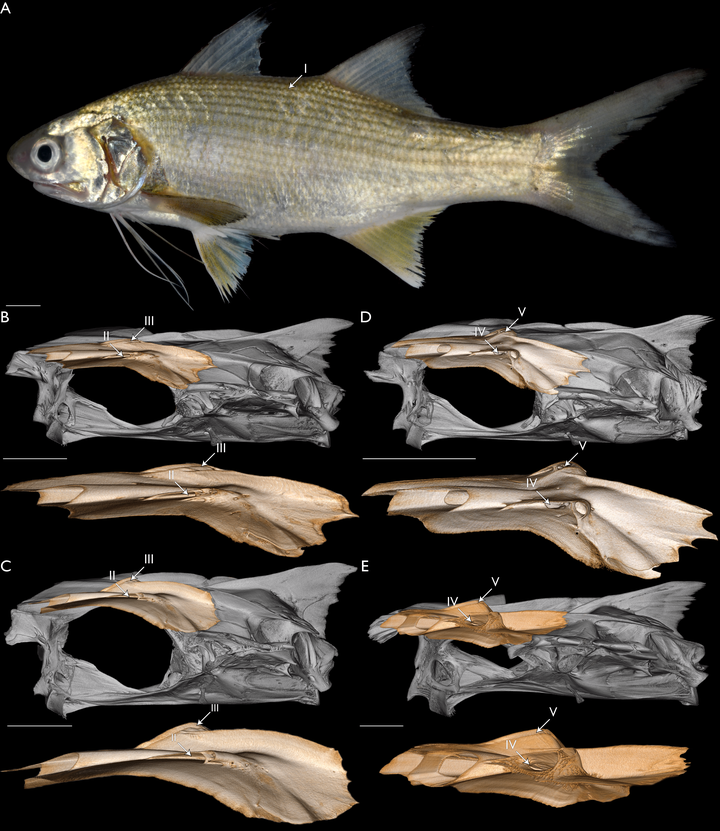Unlocking the genomic potential of historical and formalin-fixed specimens: phylogenetic insights from museum-preserved threadfin fishes (Teleostei: Polynemidae)
 Figure 5
Figure 5
Abstract
DNA sequencing continues to revolutionize our understanding of biodiversity, ecology, and evolution. While analyzing sequence data allows us to address countless questions, most of the world’s vertebrate museum specimens have been historically inaccessible for genetic sampling. This is partially due to the absence of modern genetic samples and/or the impact formalin has on DNA during the preservation of specimen vouchers. Recent studies have shown successful extraction of DNA from historic museum specimens using additional chemicals and/or exposing the sample(s) to heat, with these advances enhancing the possibility of capturing genomic information from type specimens, characterizing genetic diversity within species complexes, and incorporating rare samples into phylogenetic analyses. However, questions remain about the reliability of these data and utility of historicDNAin modern phylogenetic analyses. In this study, we use a commercial extraction kit that targets formalin-fixed, paraffin-embedded samples to successfully extract DNA from historic museum specimens of threadfin fishes (Teleostei: Polynemidae). These specimens represent rare, genetically uncharacterized taxa that have yet to be included in a phylogenetic analysis. Low-depth shotgun sequencing is then used to sequence mitochondrial loci from the historic samples. The resulting sequence data are assembled, validated, and incorporated into a newly generated mitochondrial dataset that is simultaneously analyzed with a previously published ultraconserved-element dataset to construct a phylogenetic framework. We then explore new and previously described morphological variation within this new evolutionary framework for threadfins, identifying several shared characters that warrant revision of the generic-level classification. These findings add to the growing body of literature that demonstrates sequencing historical DNA from museum specimens and analyzing these data with complementary datasets of molecular markers from modern genetic samples can provide reliable and comprehensive assessments of biodiversity, ecology, and evolution across fishes and other vertebrates.
Almetric and Dimension badges